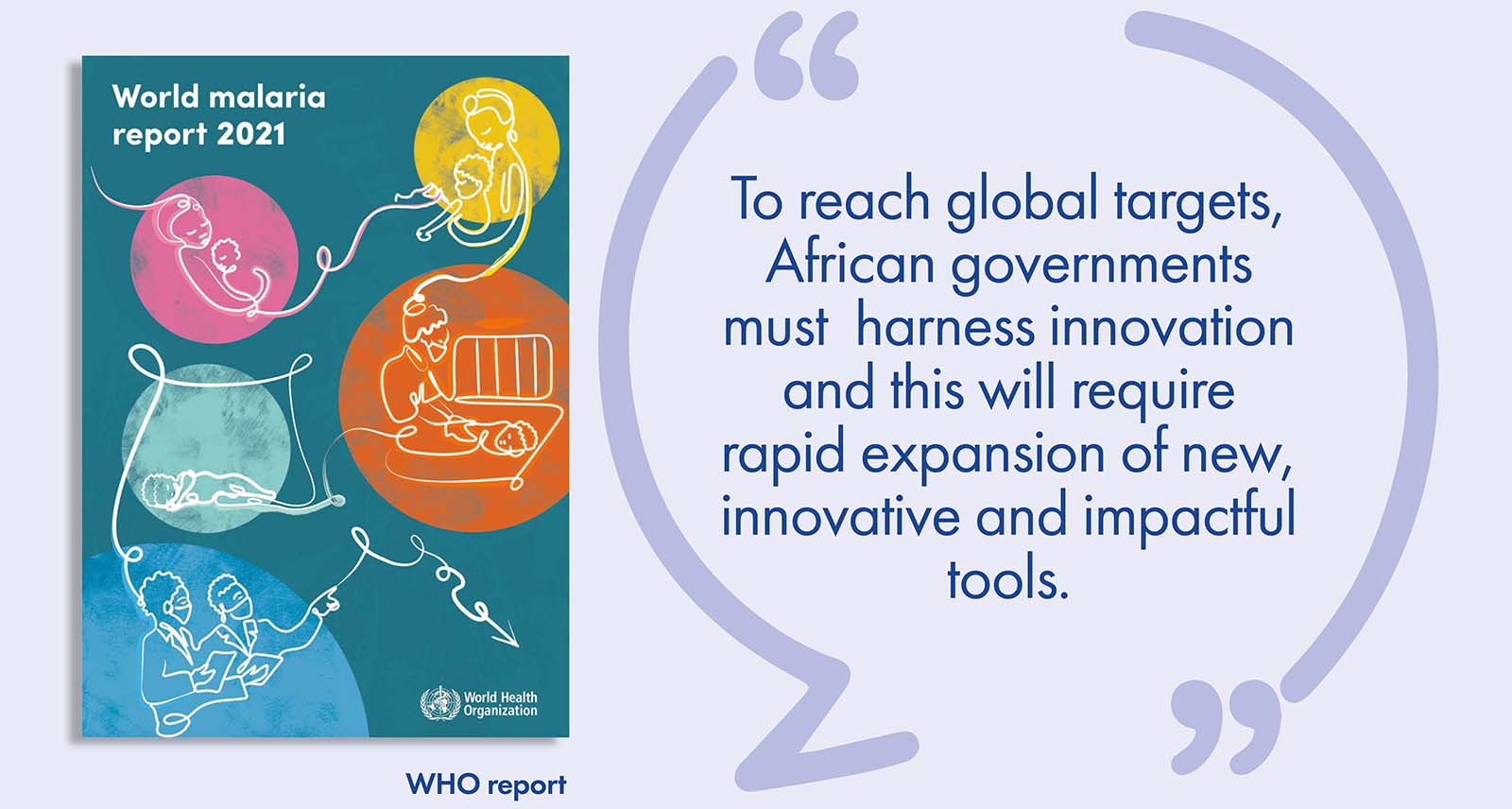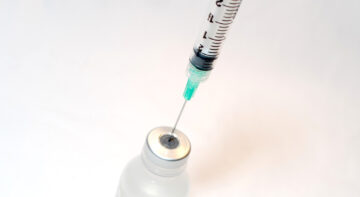Blogs

There were an estimated 241 million malaria cases and 627 000 malaria deaths worldwide in 2020. 95% of these global malaria cases were found in Africa. This is according to WHO 2021 World malaria report.
African countries have made tremendous progress in the fight against malaria using tools such as insecticide-treated mosquito nets, indoor spraying of mosquito nets and antimalarial medicines. Still, in some areas where these tools have been adopted, sadly, malaria cases and deaths remain high.
Malaria control and elimination demand new innovative tools and technologies as well as better mechanisms for maintaining detailed surveillance and spatial decision support systems that improve reporting and timeliness of activities.
Dr. Tedros Adhanom Ghebreyesus – Director General at WHO says that, “malaria has afflicted humanity for millennia. We have the tools and strategies now to save many lives – and with new tools, to start to dream of a malaria-free world.”
There have been major investments in malaria programs and research as indicated in Greater Making Subregion (GTS) achievements and Research and Development (R&D) funding landscapes. Between 2010 – 2020, manufacturers sold 3.1 billion rapid diagnostic tests (RDTs) for malaria, with almost 81% of these sales being in sub-Saharan African countries.
There are over 100 products in the research and development pipeline geared to benefit regional elimination and global eradication goals – to achieve a grand convergence in Malaria. They range from innovative diagnostics, vaccines, medicines, and vector control products to improved mechanisms for surveillance and targeted responses. Many of these promising tools are expected to be introduced.
In 2021, malaria prevention saw a great breakthrough with the launch of the RTS, S malaria vaccine. Known by the brand name Mosquirix, RTS, S is the only approved malaria vaccine and is the world’s first and only tool that has demonstrated to significantly reduce malaria, especially in young children. Currently, the vaccine is being provided to young children through national immunization programs in parts of Ghana, Kenya and Uganda as part of a pilot introduction that began in 2019.
Towards malaria elimination
In the WHO malaria report, progress of the WHO Global Technical Strategy (GTS) for Malaria 2016-2030 is also highlighted. GTS was designed as a guide to support all malaria-affected countries as they work to reduce the human suffering caused by the world’s deadliest mosquito-borne disease. Specifically, the strategy aims to reduce malaria case incidence and mortality rate of at least 90% by 2030; eliminate malaria in at least 35 countries and prevent a resurgence of malaria in all countries that are malaria-free. According to the report, there has been much progress towards achieving this milestone.
In 2018, WHO and RBM Partnership to End Malaria supported countries to implement rapid self-evaluations on progress against the High Burden to High Impact (HBHI) objectives. HBHI is a country-led targeted malaria response catalyzed by WHO and the RBM Partnership – to reignite the pace of progress in the global malaria fight. The WHO report indicates that since November 2018, all 11 HBHI countries – India and 10 sub-Saharan Africa Countries (Burkina Faso, Cameroon, Democratic Republic of the Congo, Ghana, Mali, Mozambique, Niger, Nigeria, Uganda and United Republic of Tanzania), have implemented HBHI related activities. The implementation is across four response elements that include: political will to reduce malaria deaths; strategic information to drive traffic; better guidance, policies and strategies, and a coordinated national malaria response.
The ongoing COVID-19 pandemic has led to massive service disruptions across the world. Efforts in malaria prevention, diagnosis and treatment have not been spared, despite concerted efforts by countries and support from global partners. The situation has been especially concerning for sub-Saharan Africa, where the malaria burden remains alarmingly high and rose in most countries in 2020. The WHO malaria report features a special analysis on the impact of disruptions to malaria prevention, diagnosis and treatment during the COVID-19 pandemic.
Research on “Tools and Strategies for Malaria Control and Elimination: What Do We Need to Achieve a Grand Convergence in Malaria?” across sub-Saharan Africa to respond to persisting and emerging health challenges in the region. Genome editing, synthetic biology, data analytics, monoclonal antibodies, and mechanical ventilator are some of the health technologies being tested in the region. For Malaria, some of the technologies being designed include: gene drive mosquito technology; Ivermectin drug, malaria vaccine; sterile insect technology; piperronly butoxide (PBO) nets; Attractive Toxic Sugar Baits (ATSB); and use of drones for larvae control.
These innovative tools and technologies have the potential to revolutionize prevention, treatment and control of historical and emerging diseases as well as drug discovery and disease surveillance. While Africa stands to benefit from health technologies, many are under-researched, poorly understood and remain out of the reach of many.
AFIDEP, through the Platform for Dialogues and Action on Health Technologies in Africa, seeks to promote and facilitate informed, objective, open and balanced discussions on development and use of emerging transformative tools. Emerging tools and technologies such as genetically modified mosquitoes (for malaria elimination), use of drones and artificial intelligence have high potential to change the trajectory of diseases in Africa and general well-being if they are successfully developed and effectively deployed.
*The WHO world malaria report is published each year by WHO to provide a comprehensive and up-to-date assessment of trends in malaria control and elimination at global, regional and country levels. The report also tracks progress in several important health and development goals in the global efforts to reduce the overall malaria burden and eliminate the disease where possible.*
Related Posts





